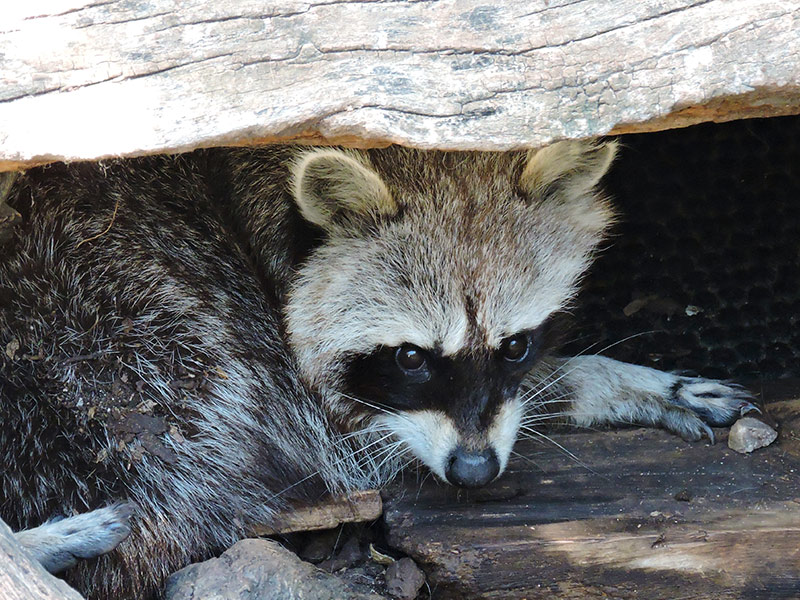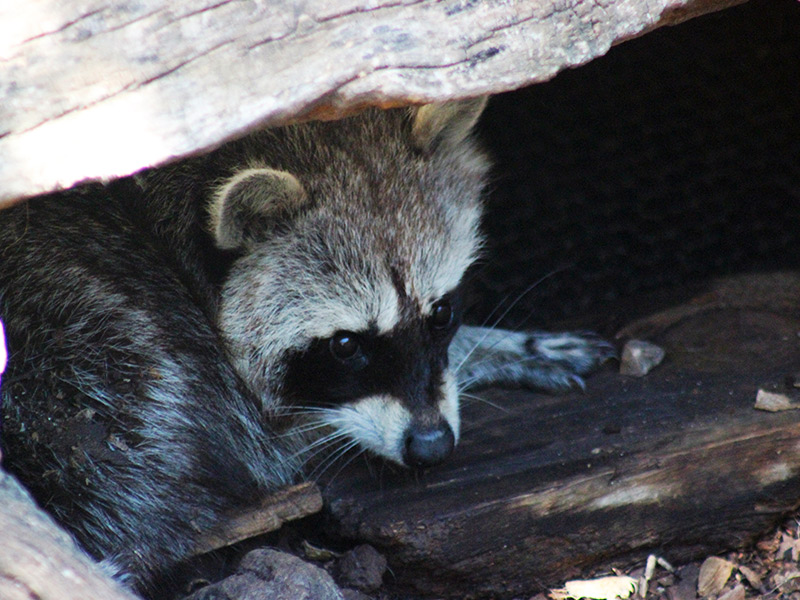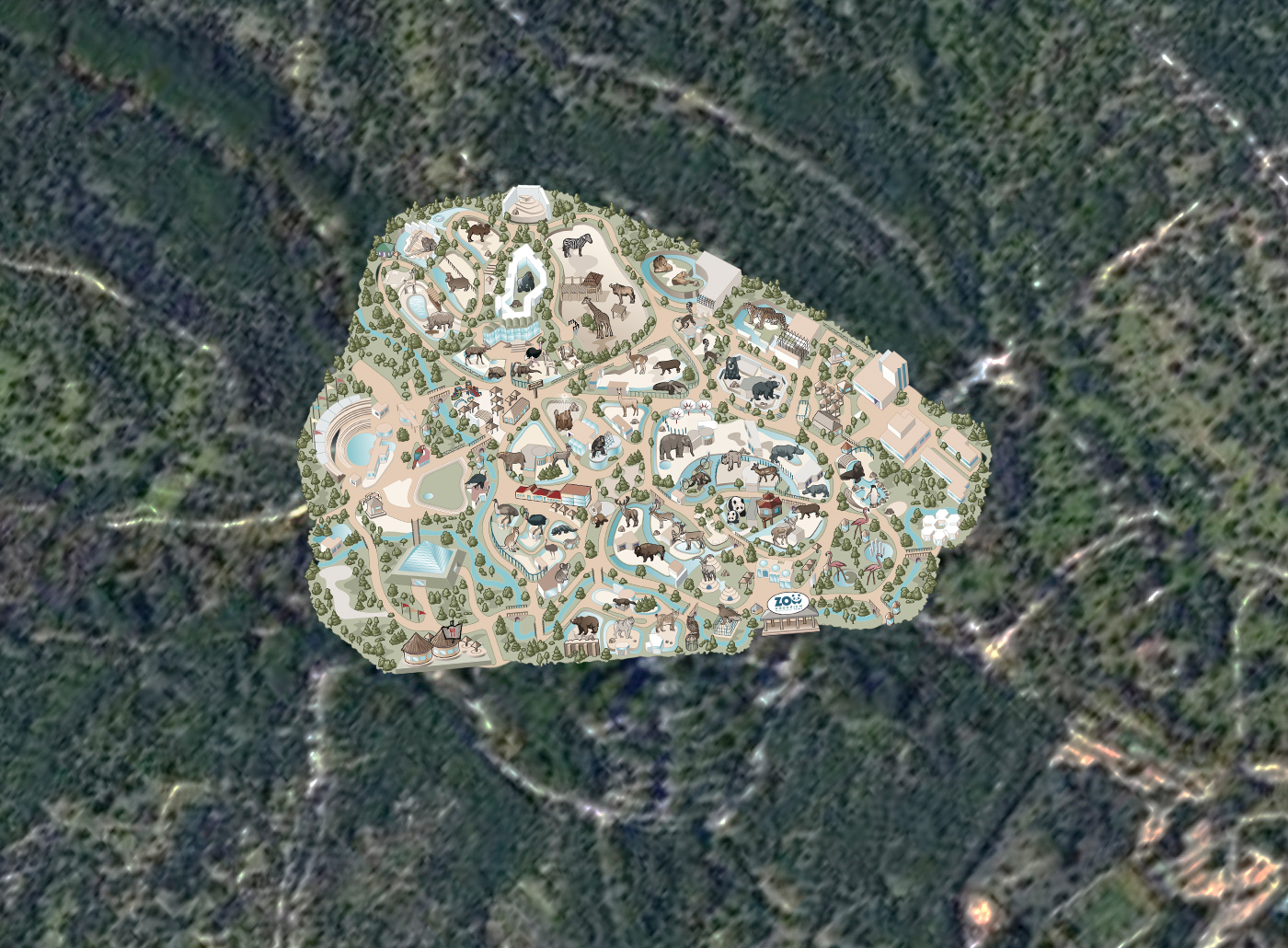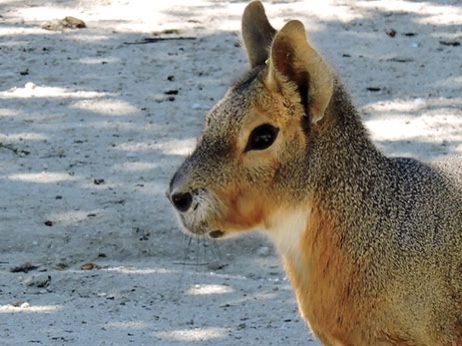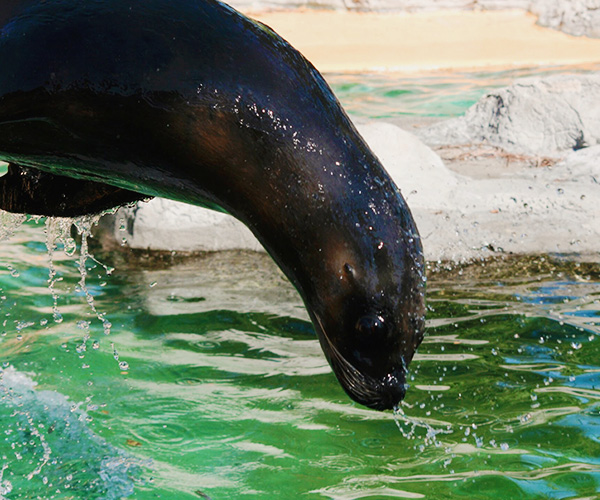The raccoon is a mammal of the Procyonidae family and is native to the Americas. Its distribution ranges from Canada to Panama.
Its habitat includes places with trees, near a water reservoir or stream, or coastal mangroves; it is a species that has adapted perfectly to urban areas.
The fur is gray to black, sometimes reddish and brown, although the ringed tail and the “mask” on the face are its most recognizable physical characteristics.
The raccoon has a broad head at the back, a pointed muzzle and non-opposable thumbs; its paws have five toes with curved, non-retractable claws, while the soles of the feet are bare and flat. The smaller, dexterous forelimbs are used for grasping food (in fact, it is considered the “king of the garbage thieves” in some U.S. cities); the hind limbs are weight-bearing.
The male is usually larger than the female, which has four pairs of breasts. The northern raccoon is also larger than its southern sibling.
Being an urban animal, it is very common to see them in city dumpsters and even in the kitchens of homes. Their great shyness does not prevent them from rummaging in cupboards, opening refrigerators, packages and wrappings; they can become very aggressive if they are harassed by humans or domestic animals.
Their diet is omnivorous, raccoons eat crustaceans, crabs, arthropods, frogs, fish, nuts, seeds and berries. However, given its omnivorous and scavenging nature, the raccoon's diet includes all types of food.
Breeding of American raccoons lasts from December to August. Mating occurs mainly from February to March, while births take place from April to June. Females are left to care for the young, which become independent at the end of the summer. Although they do not hibernate, they can become lethargic if the winter is severe.
